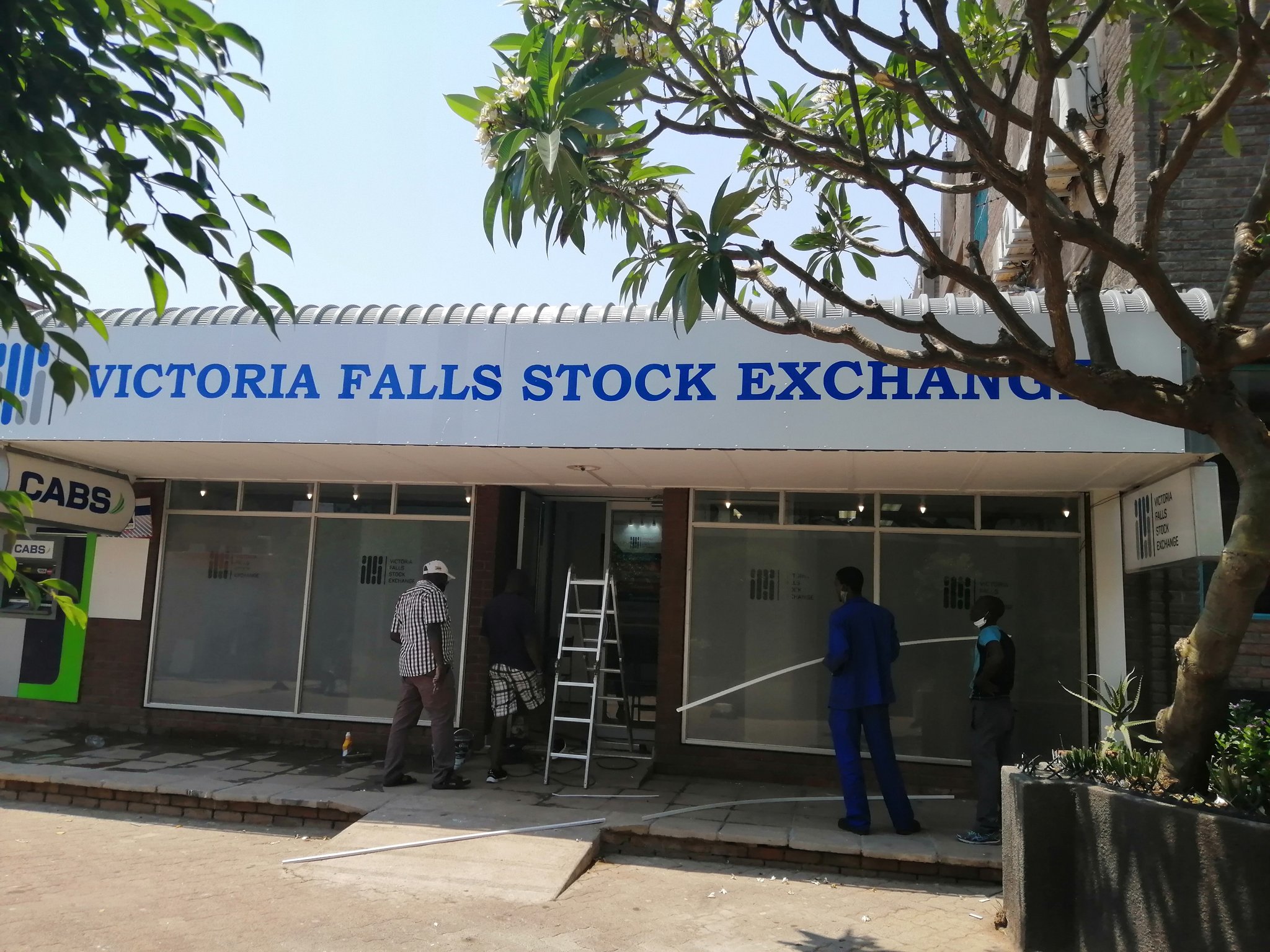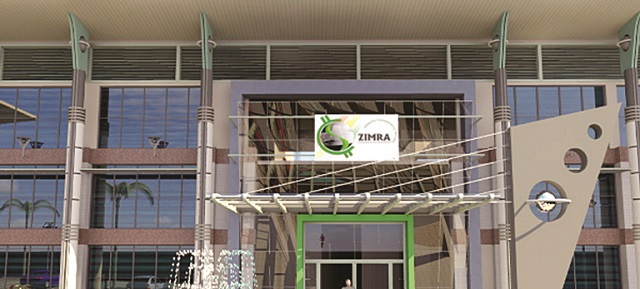Cement shortage weighs on quarterly GDP growth
CONSTRUCTION slowed down Zimbabwe’s economy in the third quarter of this year, official data shows, after the sector shrunk by 36,7 percent weighed down by widespread cement shortages that characterised the country during the period.
The Zimbabwe National Statistics Agency (ZimStat) said the Gross Domestic Product (GDP) growth rate for the third quarter of 2023 was estimated at a marginal 1,3 percent, calculated at 2019 constant prices.
Overall, Zimbabwe’s economic growth is expected to fall to 3,5 percent in 2024 from 5,5 percent this year, mainly due to an anticipated drought caused by El Niño, Finance and Economic Development and Investment Promotion Minister, Professor Mthuli Ncube said on Thursday.
Professor Mthuli Ncube
El Niño, a natural climate phenomenon in which surface waters of the central and eastern Pacific become unusually warm, causing changes in global weather patterns, is expected to hit crop yields during the 2023/24 farming season.
The quarter-to-quarter growth rate assesses the change in gross value added between consecutive quarters. The value for the 2023 third quarter, (at 2019 constant prices) stood at $58,3 billion ($41 trillion in inflation-adjusted terms).
The 2019 constant prices, ZimStat said, do not reflect changes in the inflation rate, which has been a common feature of Zimbabwe’s economy over the last few years.
The Southern African country restored its domestic currency in February 2019, at $2,5 to the US dollar, after adopting a US dollar-dominated basket of currencies in 2009 following nearly a decade of hyperinflation.
According to ZimStat, construction value added is estimated from the combined index of cement produced locally and imports.
Prices of cement in Zimbabwe went up by nearly 100 percent in the third quarter of the year, prompting the Government to issue import licences to traders to manage the supply deficit.
Local producers PPC Zimbabwe, Khaya Cement and Sino Zimbabwe Cement, with a combined capacity of about 2,6 million tonnes annually, could not meet national demand due to a combination of reasons, including plant breakdowns and scheduled maintenance programmes.
Cement is a coincident indicator of construction activities, ZimStat said.
“The industry recorded a 36,7 percent drop during the third quarter of 2023, mainly on account of cement shortages and relatively higher prices of cement during the quarter”.
Other key sectors that weighed down growth during the quarter included agriculture, human health and social work activities, accommodation and food services, and mining and quarrying activities, among others.
“The agriculture industry recorded a decline of 14,5 percent due to seasonal patterns wherein a limited number of crops were harvested during the third quarter of 2023,” ZimStat said.
The industry recorded a decline of 2,4 percent during the third quarter, primarily due to reduced production of Iridium (33,5 percent), coal (29,6 percent), diamond (14 percent), and chrome (9,8 percent). These production shortfalls weighed down the overall performance of the industry.
In the third quarter of 2023, drivers of growth included the transport industry, which recorded a growth rate of 27,4 percent.
This growth was primarily driven by the increased movement of manufactured goods, minerals as well as agricultural products.
Other major contributors to the GDP were information and communication, which witnessed a surge of 33,9 percent, primarily driven by the increasing adoption of technology solutions across the country.
The water supply; sewerage, waste management and remediation activities industry recorded a quarter-to-quarter growth of 41,9 percent.
This increase is attributed to the fact that the quarter is the driest period of the year, characterised by heightened demand for both raw and treated water for irrigation and other essential purposes.
“Electricity production, a key indicator of the electricity industry’s value-added, grew by 12,7 percent in the third quarter. This growth is attributed to the increased electricity generated from Hwange Unit 7 and 8,” ZimStat said.
The year-on-year quarterly growth rate compares the value added of a particular quarter to the value-added of the same quarter in the previous year.
This metric indicates the growth or decline of the economy over one year. For the third quarter, the year-on-year quarterly growth rate is estimated at -0,8, suggesting a contraction compared to the same quarter in the previous year. – Business Weekly.









